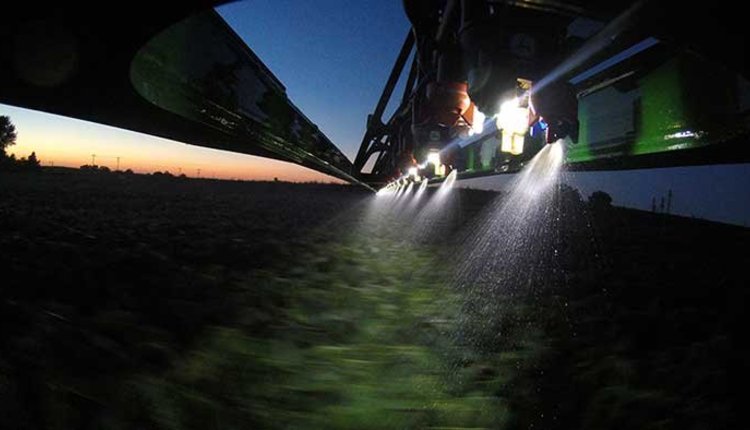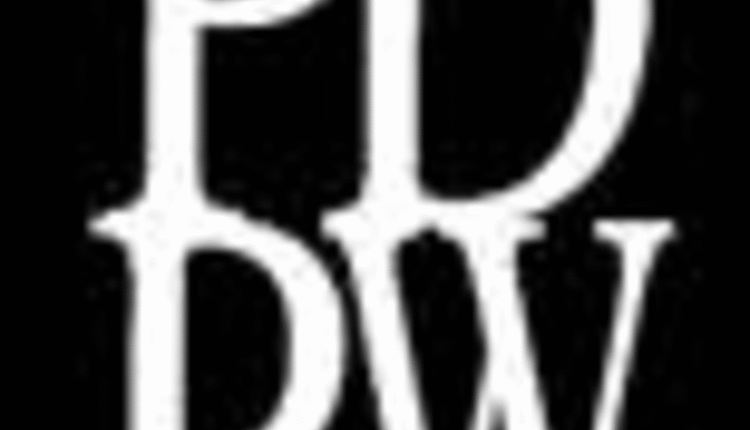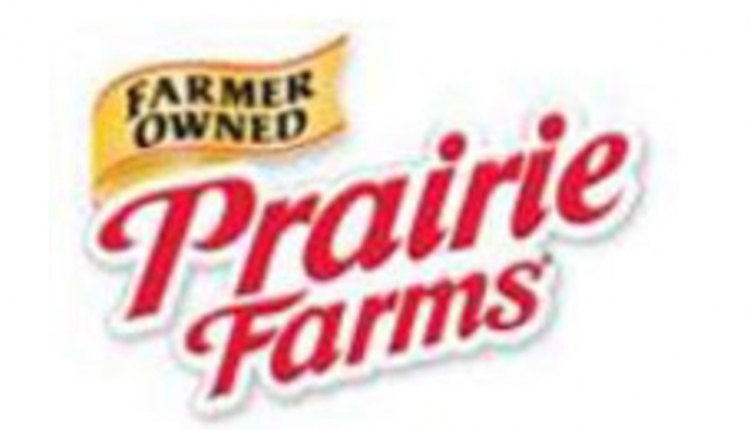By Bob Cropp, Professor Emeritus
University of Wisconsin Cooperative Extension
University of Wisconsin-Madison
USDA's report of January milk production compared to a year ago showed milk cows just 2,000 head higher, and milk per cow just 0.2% % higher resulting in 0.3% more total milk production. A year ago, January milk production was running relatively strong with total milk production 2.3% higher, the result of 1.3% more milk per cow and 1.0% more cows. But, the increase in milk production slowed as the year progressed with total milk production for the last quarter just 0.6% higher from a few more cows and just 0.4% more milk per cow. Lower milk prices going into 2016 will likely put a damper on increases in total milk production.
Compared to January a year ago, milk production continued the same regional pattern as last year with relatively small increases or lower milk production in the West and larger increases in the Northeast and Upper Midwest. California's milk production during 2015 was lower than the previous year for each month. January's milk production shows the same trend with milk production 0.3% lower than a year ago. California's decline in milk production continues to be due primarily to less milk per cow. Milk per cow was 2.5% lower than a year ago and milk cow numbers down just 0.4%. January milk production in other Western states showed Idaho up just 0.7%, New Mexico down 12.0% and Texas down 6.7%. Both New Mexico and Texas suffered from the major December snow storm reducing both cow numbers and milk per cow. Cow numbers were down 4.0% in New Mexico and 3.2% in Texas. Milk per cow as down 8.2% in New Mexico and 3.6% in Texas. In the Northeast, milk production was up 4.1% in New York and 5.9% in Michigan. In the Upper Midwest, milk production was up 3.4% in Minnesota, 12.2% in South Dakota and 4.1% in Wisconsin. Iowa was the exception with milk production down 1.0% from 1,000 fewer cows and less milk per cow.
It is normal for butter and cheese prices to decline after the Thanksgiving through Christmas period and going into the next year. CME butter has been above $2.00 per pound since early August of last year, reaching a record $3.135 on September 25th. Butter averaged $2.4757 per pound for October, $2.8779 for November, $2.3318 for December and $2.1214 for January of this year. Prices have been supported by strong domestic sales. But, 2015 exports fell 70% below the year before and imports increased 78%. Butter stocks are building with December 31st stocks 15.2% higher than November, 46.0% higher than a year ago, and 36.8% higher than the five-year average for this date. Butter prices are starting to weaken with the current price $2.055 per pound and likely to fall below $2.00 in March.
CME 40-pound cheddar blocks from May through November of last year were in the range of $1.62 to $1.71 per pound. During February 40-pound blocks have been in the $1.47 to $1.49 per pound range, and currently are $1.4875. Cheddar barrels from April through October were in the range of $1.53 to $1.67 per pound. Cheddar barrels during February have been in the $1.45 to $1.48 per pound range and currently are $1.48. Cheese prices may hold in this range for a while. With strong holiday sales cheese stocks normally decline November to December. But, December 31st stocks were just 0.1% lower than November, 12.6% higher for both a year ago and the five-year average for this date. Like butter strong domestic sales supported cheese prices. But, 2015 exports were 14% lower than the year before and imports were 20% higher, the highest since 2006.
Dry whey exports for 2015 were 22% lower than the year before. Dry whey stocks have been building with December 31st stocks 11.9% higher than a year ago. In recent weeks the price of dry whey has shown some strengthening increasing from the low $0.20's per pound to $0.25.
Current butter, cheese and dry whey prices will result in a February Class III price near $13.85 compared to $13.72 for January and $15.46 a year ago. The big question is where milk prices are headed for the remainder of the year. There is nothing to rally butter, cheese and dry whey prices in the near future. Prices of butter, cheese, nonfat dry milk/skim milk powder on the Global Dairy Trade have been declining in recent trades keeping U.S. prices above world market prices and not competitive for exports. The exception has been nonfat dry milk. Nonfat dry milk in the low $0.70's per pound have been competitive on the world market. December nonfat dry milk/skim milk powder exports were 36% higher than the year before setting a monthly record and putting the total for the year 2% higher than the year before.
The Class III price may not reach $14.00 until April or May and average in the $14's for the first half of the year. Milk prices will strengthen for the second half of the year. Opinions now differ considerably by how much. A lot depends upon the level of milk production. While milk prices are considerably lower, lower feed costs still result in returns over feed cost to encourage milk production. In USDA's latest supply and demand report they forecast milk cows to average slightly lower than 2015, but milk per cow to average 1.9% higher netting 1.7% more milk than 2015. Domestic sales are anticipated to continue to show growth, but a lot also depends upon the level exports. Exports are expected to improve some during the second half of the year as world stock levels decline. But, the U.S. Export Council is of the opinion that it may take most of 2016 before exports show much improvement. USDA predicts for the year exports on a milkfat basis to actually be 5.7% lower than 2015 and on a skim-solids basis 0.8% lower. USDA forecasts the Class III price for the year will average in the range of $14.05 to $14.75 compared to the $15.80 average in 2015. Current Class III futures don't reach $14 until May and stay in the $15's for the remainder of the year. I think there is a good chance milk prices could do better than this. I think the increase in milk per cow could be less than 1.9% resulting in less than a 1.7% increase in total milk production. I also think exports during the second half of the year will improve especially for nonfat dry milk/skim milk powder and whey proteins. But, U.S. will face rather stiff competition for markets from both New Zealand the EU. As of now I forecast Class III prices in the $15's by third quarter and in the 16's for the fourth quarter and averaging for the year in the low $15's. But, milk prices are very sensitive to rather small changes so prices could turn out quite different than how things now look.
2.20.2016








